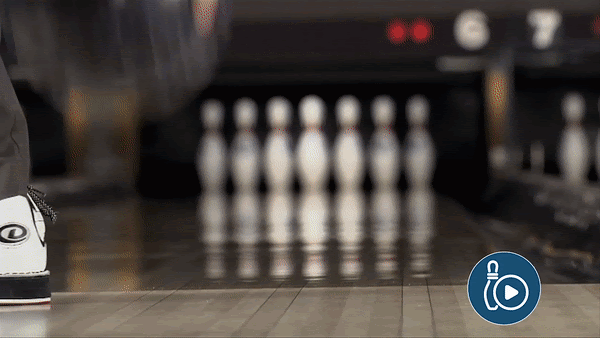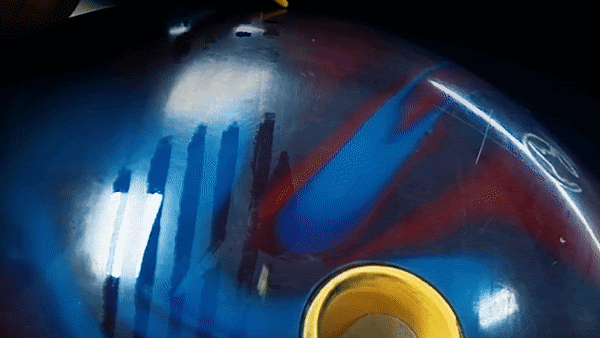
How to Find Your Positive Axis Point (PAP)
Scott PohlWhen the bowling ball rolls down the lane it revolves around its axis. There are two points at the ends of the axis: the negative (NAP) and the positive axis point (PAP).
The NAP exists but is not important to bowlers because it cannot be seen while the bowling ball is in motion. The PAP is important because it can be seen throughout a shot and the bowling ball’s reaction is influenced by how far the pin and mass bias is away from the PAP.
Scott Pohl, the owner of On Track Pro Shop, explains that every bowler has his or her own unique PAP, and knowing where it is helps determine the layout you are trying to achieve.
For right-handed bowlers, the PAP will be on the right side of the bowling ball and for left-handed bowlers, it will be on the left. What the PAP identifies at release is your axis tilt and axis rotation.
While axis tilt is difficult to manipulate, axis rotation can be one of the better tools to adjust when lanes transition.
How to find your PAP
Finding your PAP is easier than you think. Start by throwing a ball down the lane. When it returns, it should have fresh oil rings on it. Trace a line on the edge of the first oil ring nearest your finger and thumbhole.
Next, take your track line and place it so that it is parallel to the table or counter it is on. Mark the center on the top of the ball and put a piece of tape on it and you have your PAP.
Layouts
Buying a bowling ball that hooks early or late is only part of the equation. Personalizing it to fit your needs is the other part. Knowing your PAP gives the pro shop operator a starting point to determine your layout. You can make a bowling ball that hooks a lot early, hook later by placing the pin in different locations when drilling that ball.
While this does make a difference, remember that altering the bowling ball’s coverstock accounts for 75% of the bowling ball’s motion and will be the largest contributing factor on when and where the bowling ball hooks.
Check out “Bowling Ball Fit and Grip Pressure” and “The Importance of Experimenting with Different Bowling Balls” for more expert instruction from National Bowling Academy.


